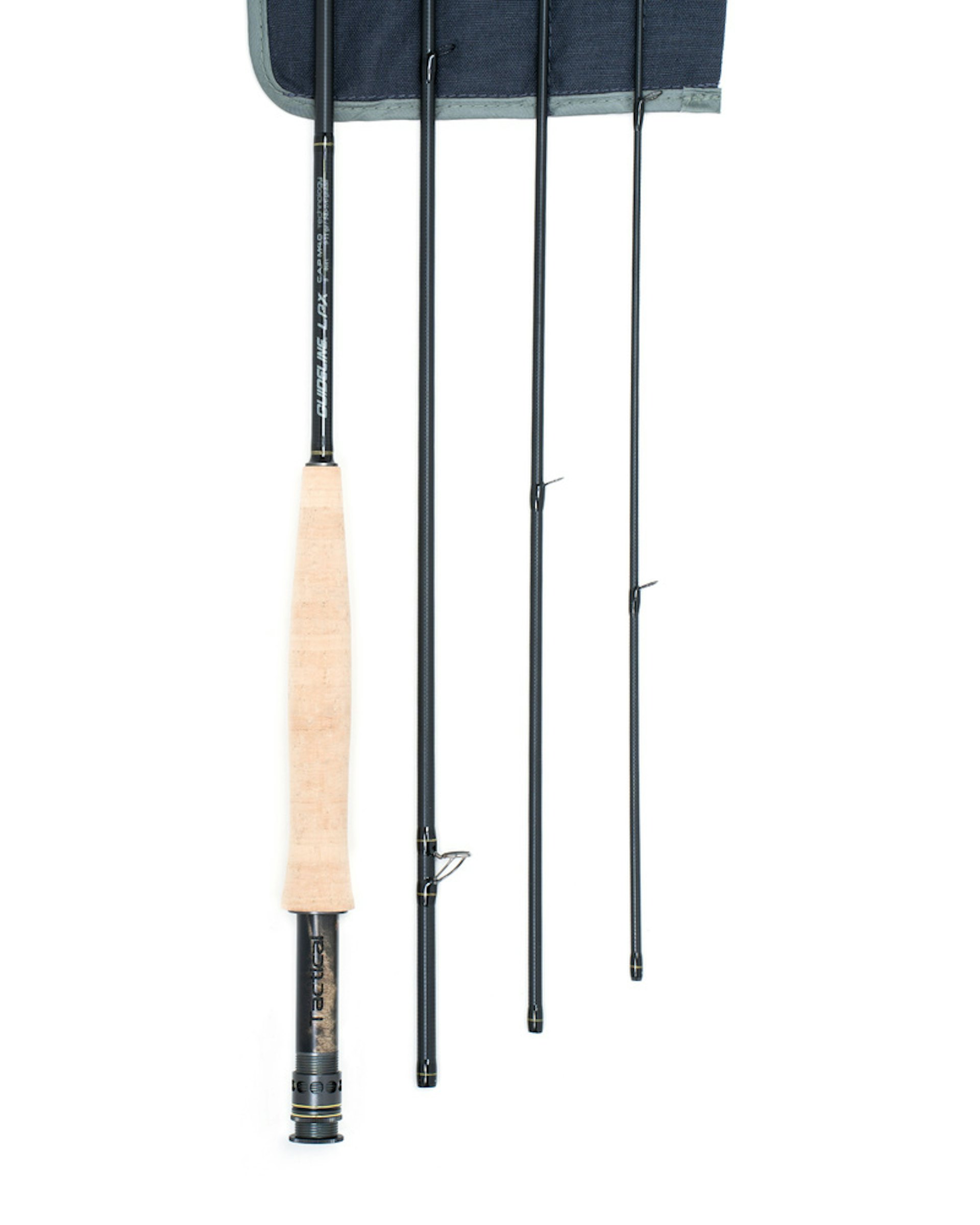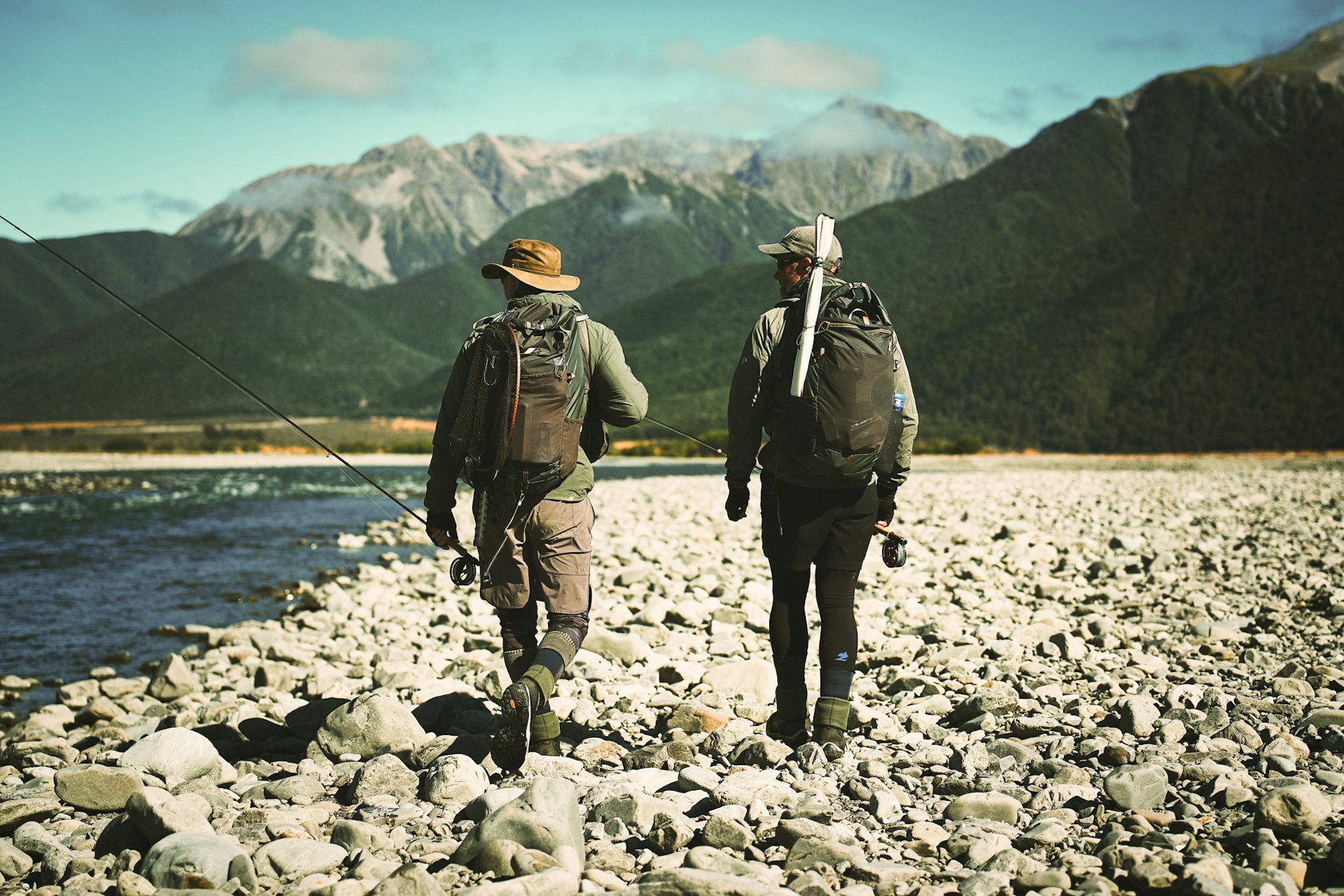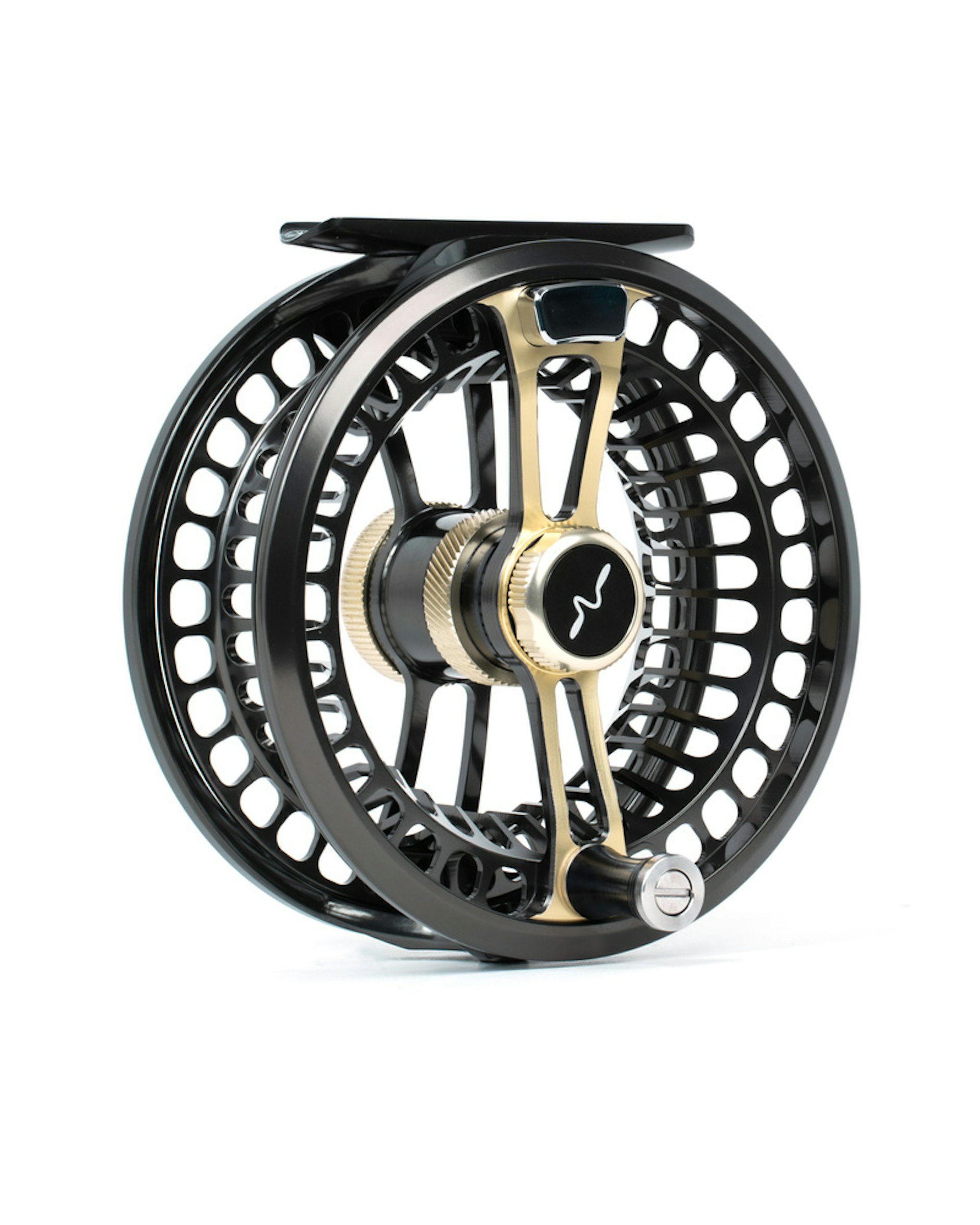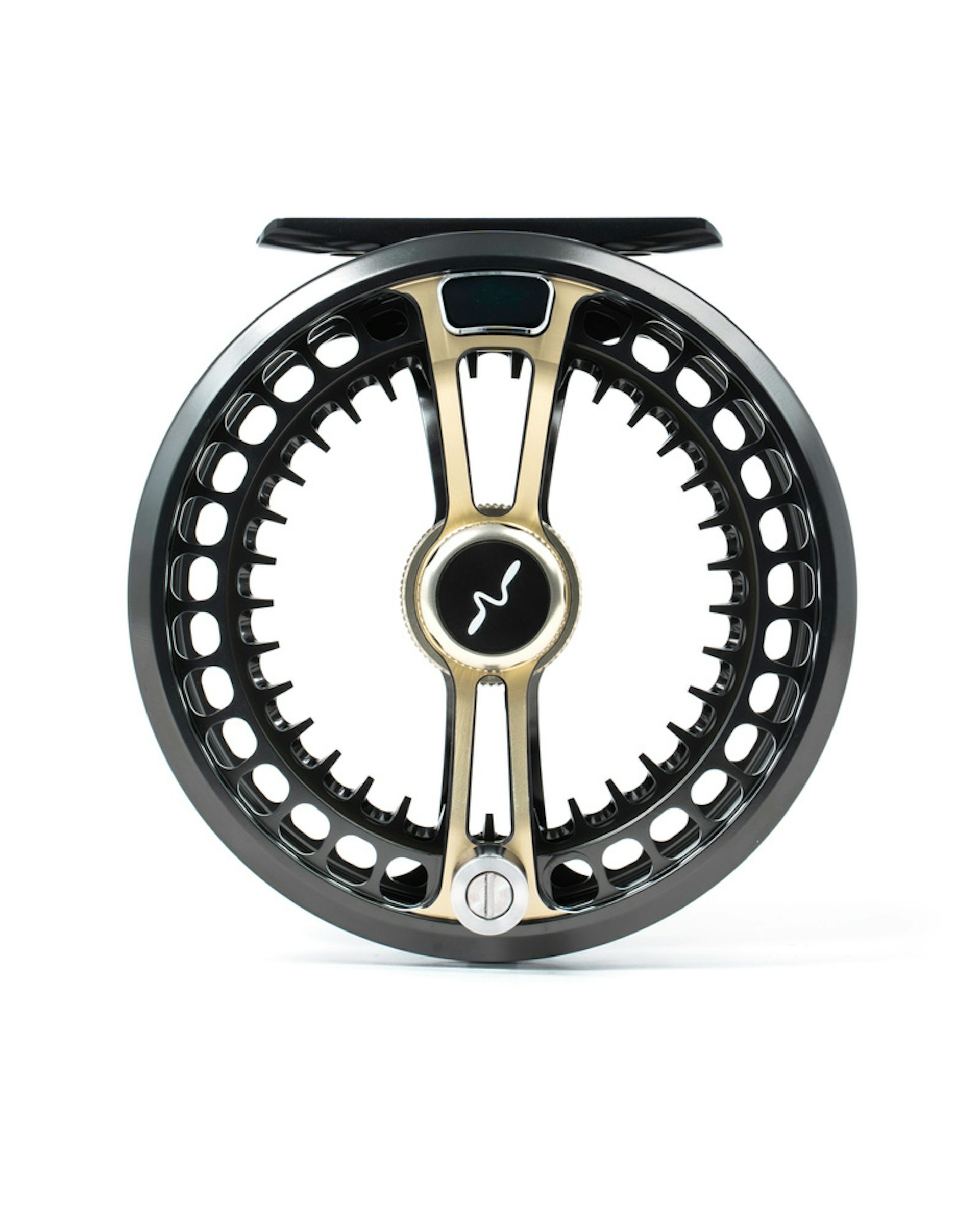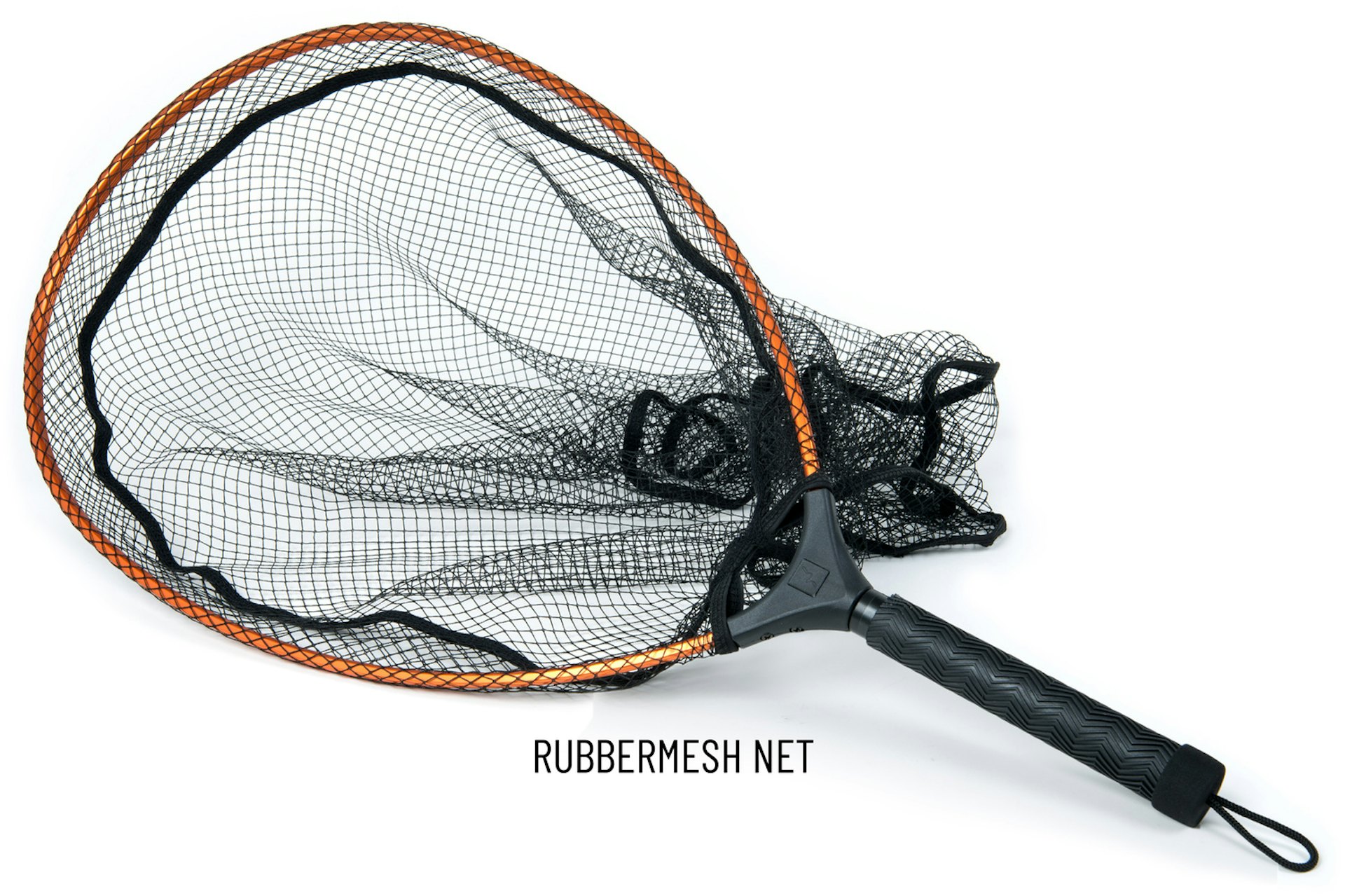New Zealand's rivers and lakes teem with a variety of aquatic insects, such as mayflies, caddisflies, and stoneflies, which are a primary food source for trout. Nymphs, which are the immature stages of these insects, are available to fish year-round, making them a reliable choice for anglers. The crystal-clear waters of New Zealand's fisheries mean that trout are often very cautious and selective. Nymphs, with their natural appearance and behavior, can be presented subtly, reducing the chances of spooking these wary fish.
Nymph fishing allows anglers to target trout at different depths, where fish often feed more actively. By adjusting the weight and size of the nymph, anglers can effectively reach fish holding near the bottom or in deeper pools, areas that are often inaccessible with dry flies. While dry fly fishing can be highly seasonal, nymph fishing remains productive throughout the year. This consistency is particularly valuable in New Zealand, where weather and water conditions can change rapidly.
Trout in New Zealand are accustomed to feeding on nymphs drifting naturally in the current. Well-presented nymphs can mimic this natural drift, making them irresistible to feeding trout. Techniques like dead drifting and Euro nymphing can be particularly effective. Given their prevalence in the trout’s diet, nymphs can significantly increase an angler's catch rates. Whether targeting the large, wary browns of the South Island or the aggressive rainbows of the North Island, nymphs can often outfish other fly patterns.
